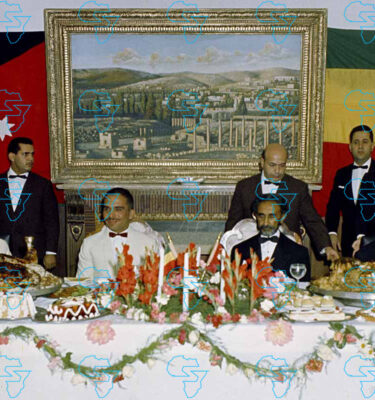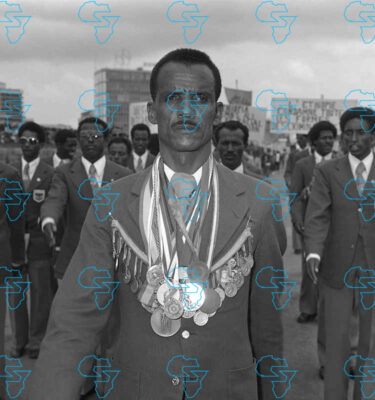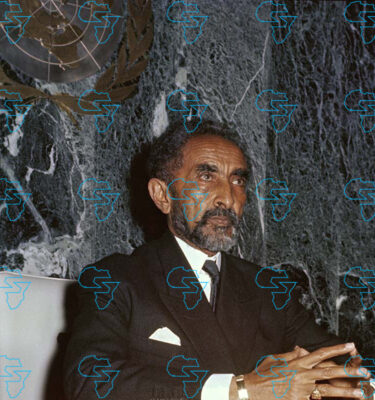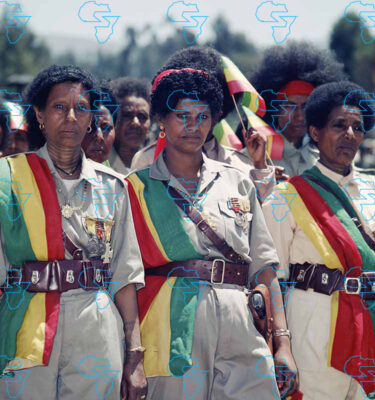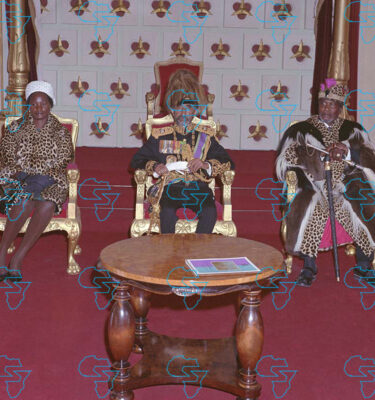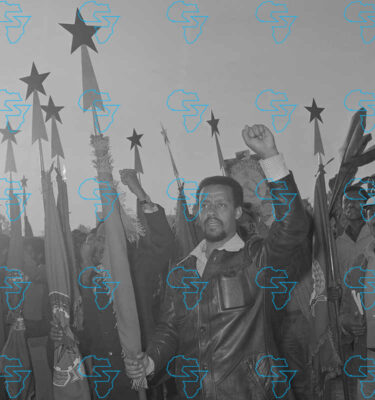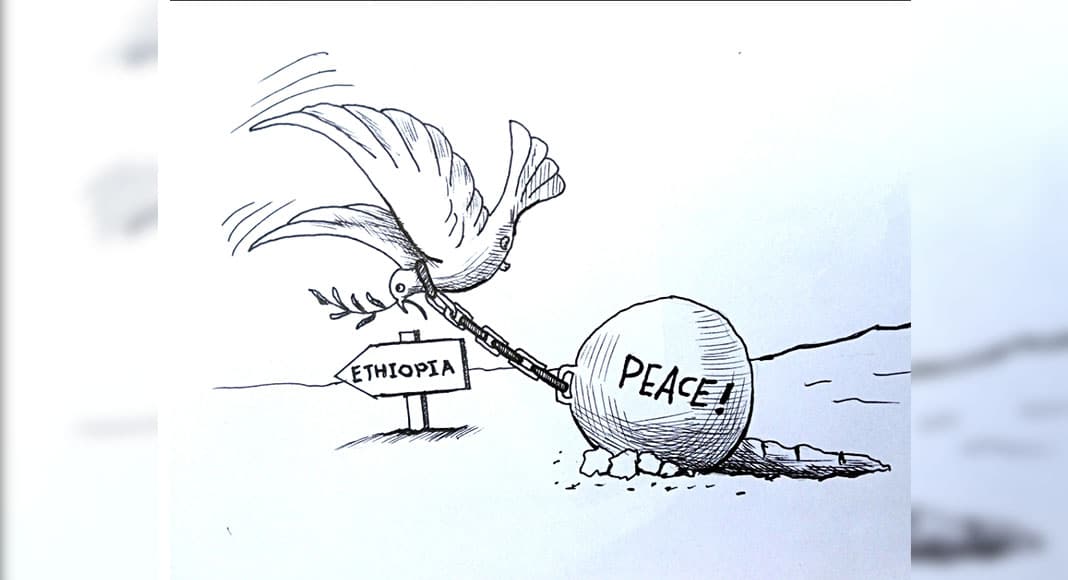
The recommencement over the past fortnight of conflicts in some areas contested between the Amhara and Tigray regions in northern Ethiopia has once agin raised the specter of another round of devastating civil war in that part of the country. The areas had enjoyed relative calm following the signing of the permanent Cessation of Hostilities Agreement (CoHA) between the Federal Government of Ethiopia and the Tigray People’s Liberation Front (TPLF) in Pretoria in November 2022 that ended the two-year civil war. The latest round of armed clashes has displaced over 50,000 people, mostly women and children, from the disputed area of Raya Alamata, among others, and left them facing a humanitarian crisis. As usual there are differing accounts of who instigated the violence with the Amhara regional government accusing the TPLF of launching the offensive and the Tigray Interim Government saying the “recent developments were the work of diehard enemies of the Pretoria agreement trying to take advantage of real or perceived differences to derail” the peace deal”. Regardless of who is to blame for the fresh fighting it is imperative to bring an immediate end and to the clashes and afford protection to the affected civilians.
The conclusion of the CoHA was undoubtedly a seminal moment in Ethiopia’s recet history given it marked a clear departure from the longstanding culture of settling political differences through force. However, like many peace agreements, its implementation has been beset by a raft of challenges that threaten its success and the prospects for lasting peace in the country. Chief among these challenges has been the fate of the areas whuch forces of the Amhara region wrested away from Tigray soon after the war broke out in November 2020, which they claim were forcefully incorporated under Tigray in 1991. Although the peace accord envisages that the claims of both regions over the areas will be resolved in a manner provided for under the federal constitution, the absence of a roadmap on how to handle such a difficult and emotive issue has proven to be a handicap. Admittedly, the intransigence of both sides on a matter they consider to be sacrosanct makes it extremely difficult to arrive at a mutual agreement. The slow pace at which residents displaced from the contested areas has also complicated the efforts to find an amicable solution to the dispute.
Another aspect of the Pretoria agreement which has not been duly implemented thus far is the disarming, demobilization and reintegration (DDR) of TPLF combatants. Despite the affirmation by the African Union Monitoring, Verification, and Compliance Mission (AU-MVCM) that they had handed over a significant portion of the heavy weaponry in their possession not long after the agreement came into effect, they still retain heavy armaments that they reportedly used in the recent skirmish. This non-compliance was underscored in a statement the National Security Council (NSC) issued during the week regarding current national security issues. Citing the agreement as well as the constitutional edict that it’s only the state that can have an army it called on TPLF militants to lay down their weapons urgently. The TPLF, though, has declined to do so, arguing that Tigray’s security is at risk owing to the continued presence of armed forces in the region in violation of the terms of the CoHA. This disagreement over the sequencing of the various steps to be undertaken under the peace agreement should be resolved through constructive talks. Otherwise, it’s bound to wreck the deal and reverse the gains made to date.
The challenges besetting the implementation of the Pretoria agreement must not cause Ethiopians to lose heart. In fact, a number of initiatives can be taken to ensure that the deal attains its intended outcome. Facilitating a people-to-people dialogue between the communities which bore the brunt of the conflict—the Amhara and Tigrayan people—plays a vital role in healing the psychological trauma they underwent, achieving reconciliation, and strengthening their centuries-old bond. Furthermore, it’s of the essence to ensure that the inclusive national dialogue set to begin soon also seeks a political solution for the root causes of the war in order to avert the recurrence of a similar catastrophe in northern Ethiopia and elsewhere. In addition, implementing the recently approved national transitional justice policy, one of the planks of the CoHA that is aimed at ensuring accountability for the atrocities committed by all sides during the war in tandem with ascertaining the truth, redress for victims, reconciliation, and healing, will go some way towards realizing the consummation of the deal.
Ethiopians must categorically eschew a culture that for far too long has condoned using violence to settle disputes or grab the reins of power. That is why the peace deal constitutes a victory for Ethiopia, not just one of the parties. As such both owe the responsibility of not squandering the once-in-a-lifetime opportunities it proffers. This requires of them to demonstrate the willingness and commitment to let go of deep-seated antagonisms and settle political differences peacefully. They must always be guided by the national interest and reject the zero-sum thinking that is behind the nation’s political fractures. Promoting peace is never a losing proposition. That is why it’s incumbent on everyone who is invested in the success of the Pretoria agreement to implement it faithfully in letter and spirit.
.
.
.
#Promoting #Peace #Losing #Proposition
Source link



